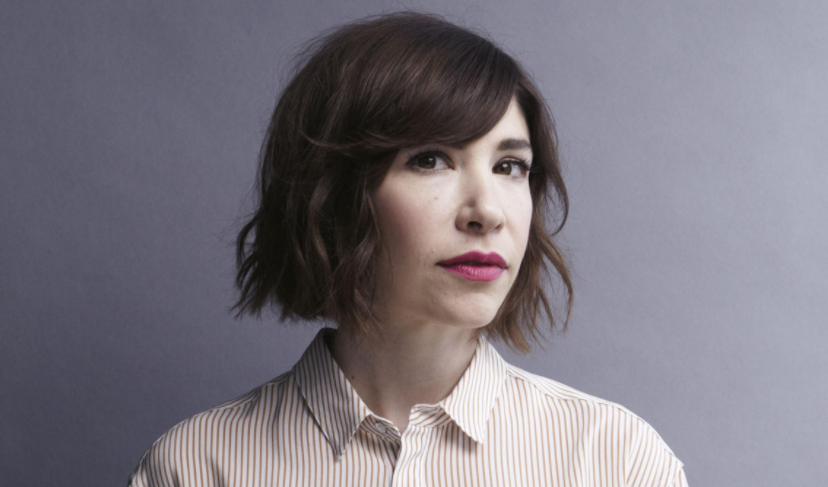Carrie Brownstein is a famous American singer, musician, writer, and actress. She was first known as a member of the break-up rock band Excuse 17 until she eventually formed the hugely popular rock band Sleater-Kinney in the early nineties. After several years of sporadic solo touring, she joined Wild Flag with which she continues to this day. From their formation until they breakup in the late eighties, Carrie and Wild Flag were one of the biggest influences on the music of both the United States and England. Her career spanned four decades, during which she wrote and sang numerous songs about various aspects of American life and music.
The life of Carrie Brownstein was once filled with hard work and tragedy. Born as Carrie Christine Brownstein in Toledo, Ohio, her father died when she was young, forcing her to move with his parents to New York City where her mother became a teacher. Though she was a bright student, Carrie’s musical tastes were inspired by the anti-American music of her time, particularly the politically incorrect gospel and blues that had gained popularity in the wake of World War II. She would also spend a large portion of her teen years traveling between cities, as she tried to find stardom while avoiding the crush of her own adolescence.
In her teens, Carrie Brownstein made a name for herself playing in several local groups that gave her the chance to meet and develop friendships with other artists. Among these was the bandleader Fred Armisen who would bring Carrie to rehearsal every week. Through the years, Carrie would become acquainted with other well-known individuals such as John Entwistle, Peter Sellers, and Paul Simon, who would also give her the chance to perform with them.
Carrie Brownstein Measurements
| Figure Measurements | 35-25-33 in |
| Body Size | 35 inches |
| Bra Size | 36B (US) |
| Waist Size | 24 in / 61 cm |
| Hips Size | 33 in / 86 cm |
| Shoe Size | 7(US) |
| Height | 5 ft 5 in / 165 cm |
| Weight | 126 lb / 57 kg |
In the mid-to late 90s, Carrie relocated to Los Angeles to pursue a career in stand-up comedy. A year later, she began performing at the U.S. Open where she was discovered by the band opening for Nirvana. Later she was cast as a singer in the movie version of “Catch Me If You Can” and went on to have a successful career in both comedy and music. Now she is known for her second book of a fictionalized memoir entitled “Carrie Brownstein: The Memoir.”
The humor in” Carrie Brownstein: The Memoir” comes from the author’s memories of dressing up in the grunge clothing that was popular at the time. She also vividly recalls her attempts to find stardom while avoiding the crush of her own adolescence. As she describes her short stints dressing up as a character in “Punk Rock” and” Valvegas,” the reader gets a glimpse into the life of a successful touring musician. The memoir ends with an account of her brief relationship with Portlandia and her eventual return to suburb life.
This second book chronicles her journey through the many ups and downs that define being a young woman who is in the midst of a changing musical era. Portrait of Carrie Brownstein, or Carrie Brownstein: The Memoir is the second book in what is supposed to be a trilogy of novels chronicling the rise and fall of Portlandia, a spirited young rock band from Seattle who quickly became one of America’s biggest acts. The first novel, Portrait of Carrie Brownstein: The Cool (c2007) was also very well-received. But this book has a distinct advantage over its predecessors – it covers a period during which Portlandia was in the midst of a major popularity burst, while The Cool remains largely ignored by historians and music critics. Additionally, Portrait of Carrie Brownstein contains some excellent inside material that would not have been available to a mainstream audience.
